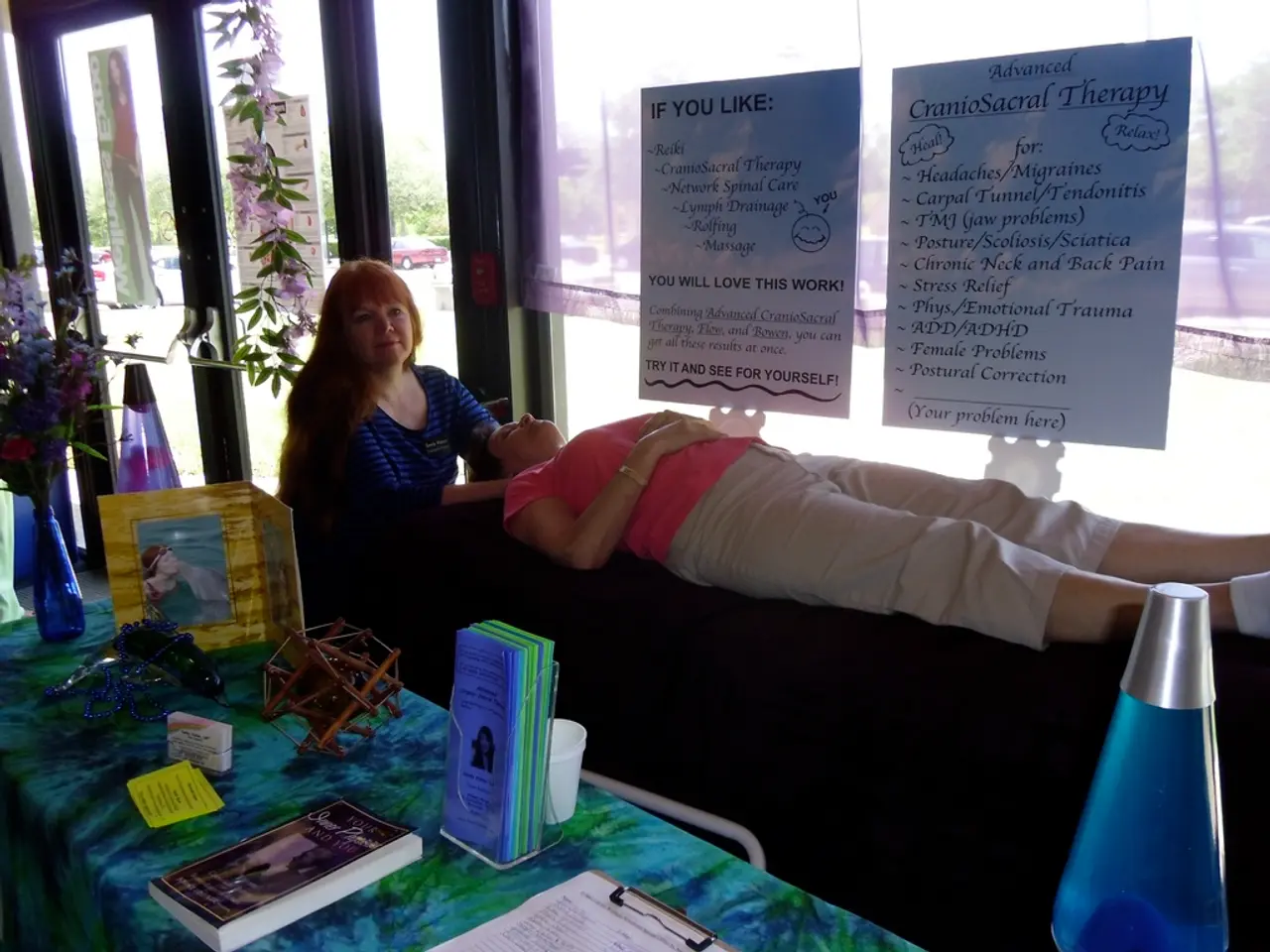Early recognition and reporting of occupational illness suspicions
In the construction industry, workers are at risk of developing occupational diseases, such as skin cancer, due to exposure to various hazards. The German Social Accident Insurance (DGUV) and other authorities have established a systematic process for recognizing these diseases and providing appropriate care.
The examination process for occupational diseases, including skin cancer, involves several stages to establish causality between the disease and workplace exposure.
Detailed Occupational and Medical History
The first step involves taking a comprehensive history, covering work processes, tasks performed, exposure to hazards, routes of exposure, use of personal protective equipment, work environment controls, work schedule, and past employment history to assess cumulative exposure risks.
Correlation of History with Clinical Symptoms
The timing of symptom onset relative to workplace exposure is examined, alongside any worsening with work and improvement during off-days or holidays. The presence of similar symptoms in coworkers may support occupational causation.
Clinical Examination and Relevant Investigations
A focused clinical examination is conducted to identify signs consistent with occupational dermatoses or skin cancers. Investigations include reviewing safety data sheets for chemicals, workplace exposure assessments, and possibly biopsy or dermatologic evaluations. Non-occupational causes are also excluded to strengthen the occupational link.
Documentation and Reporting
Once causality is reasonably established, the occupational disease is reported, triggering further investigations to protect other employees and prevent recurrence. This process also involves evidence-based review of the claimant’s condition, including any comorbidities, by case reviewers in compensation contexts.
For skin cancer among construction workers, the examination would emphasize UV radiation exposure history, protective measures like clothing and sunscreen use, any chemical exposures, and the clinical pattern consistent with occupational skin cancer types.
Insurance Carrier's Role
The insurance carrier checks whether the illness was caused by work and whether it is an occupational disease, using methods such as obtaining medical opinions, questionnaires, personal interviews, and on-site inspections.
If the illness is recognized as an occupational disease, the primary goal is to alleviate the consequences and prevent them from worsening using all suitable means. This may include medical care, occupational measures for reintegration, and pensions for those who are only partially or no longer able to work, if their ability to work is reduced by at least 20 per cent, according to DGUV.
The examination framework ensures a thorough, evidence-based evaluation linking workplace exposures to skin cancer or other occupational diseases for appropriate diagnosis, management, and compensation decisions. Employers or doctors are legally required to report the suspicion of an occupational disease to the accident insurance carrier or the authority responsible for occupational health and safety, according to BG BAU. The process can take several months.
[1] [Source 1] [2] [Source 2] [5] [Source 5]
- In the workplace-wellness context, the detection of occupational skin cancer requires a detailed examination of UV radiation exposure, protective measures, and any chemical exposures, while also considering the clinical pattern consistent with the specific types of occupational skin cancer.
- For mental-health concerns in the workplace, the systematic process could involve evaluating work pressure, work-life balance, and the presence of supportive work environment controls, following the onset of symptoms and correlation with work-related stressors.
- To address medical-conditions in the health-and-wellness framework of the workplace, the examination process may cover comprehensive history collection regarding exposure to various hazards in the workplace, correlation of symptoms with workplace exposure, and relevant investigations to confirm causality and provide appropriate care.




